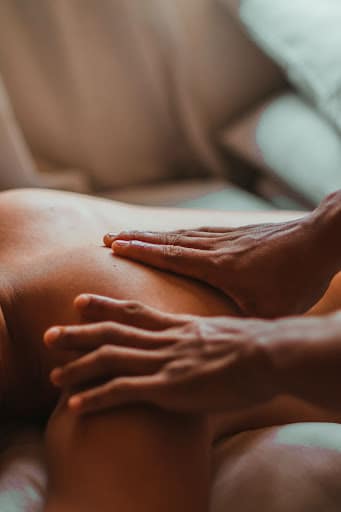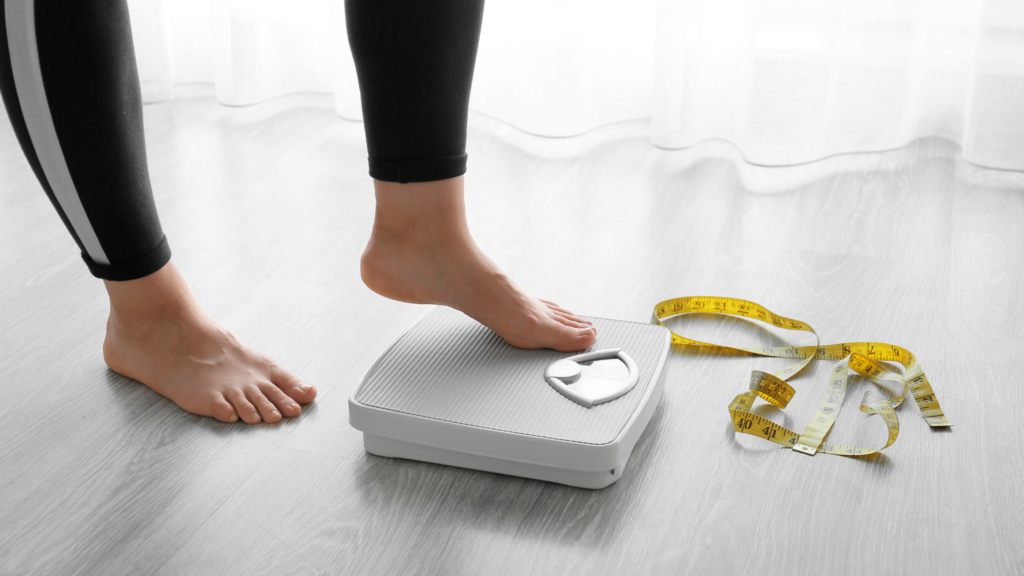Acupuncture Vs. Massage
Published on October 31, 2021 by Rachel Muich
Most people think of going to massage for pain relief and acupuncture for more chronic or internal conditions. This isn’t wrong, it’s just not the whole picture. Let’s take a deeper look into the training required for both scopes of healing as well as where each modality excels.
Training required for Acupuncture License
In order to become a licensed acupuncturist in the United States, you’ll have to complete a Master’s Program which includes 3-4 years of schooling followed by successfully passing 3 or 4 National Board Exams. After receiving your Master’s degree from your school and successfully completing all Board exams, you became nationally and state certified as a Master of Acupuncture and Traditional Chinese Medicine as well as a licensed Acupuncturist.
Clean Needle Technique certification is also required. Acupuncturists are also nationally-mandated to complete CEUs (continuing education credits) to maintain licensure.
 Training Required for Massage Therapy
Training Required for Massage Therapy
Requirements for massage therapy licensure vary from state to state. The national association, AMTA’s recommendation is to gain 500 hours of training. This can also require 1000 hours of education and passing a state license exam. Continuing education is not required, though many massage therapists pursue different techniques and training.
So let’s get down to the nitty-gritty to differentiate how each therapy treats pain.
Acupuncture for Pain
The greatest goal of an acupuncturist, when faced with treating pain, is to differentiate whether the pain has nerve involvement or if it’s tight and sore muscles. You’ll hear the question: “What is the nature of your pain? Is it dull and achy? Or sharp and stabbing?” If it’s the latter, then we know there is nerve involvement, as nerve pain is often shooting, electric-type pain. Dull and achy sore muscles from overuse or injury are what we see most often.
QUICK-RELEASE
What’s so amazing about the hair-thin needles acupuncturists use to release muscles is that the actual release is over in seconds. The needles work their way into the tight fascia and cause an instantaneous expansion in a muscle that’s otherwise been contracted. When needling into a muscle that is pinching a nerve, the needles call fresh blood flow to the area which causes more malleability and decreases inflammation, moving tight muscles away from nearby nerves to relieve pain.
Massage for Pain
Massage therapists work their magic on dull and achy sore muscles. They really excel with chronic, achy pain where the muscles have been contracted for long periods and need a deep, slow-release. Massaging muscles where there may be nerve involvement is more painful and, therefore, may not be recommended.
SLOW-RELEASE
 Where acupuncture quickly releases muscles, massage, specifically deep tissue massage, slowly releases muscles. While it does take time to smooth out tight fascia and to zero in on a trigger point, the repeated pressure and movement on tight muscles can feel really good, relaxing your body and your mind.
Where acupuncture quickly releases muscles, massage, specifically deep tissue massage, slowly releases muscles. While it does take time to smooth out tight fascia and to zero in on a trigger point, the repeated pressure and movement on tight muscles can feel really good, relaxing your body and your mind.
If this is not your cup of tea, however, it might feel like prolonged torture – everyone’s pain tolerance is different. The benefit of slowly releasing muscles is that it takes time to break down the tight fascia, which, through continued treatment, will eventually lead to more malleable muscle fibers, less likely to tighten so intensely and so quickly.
Which is better, acupuncture or massage?
So when it comes to your overall health, aches, and pains, which therapy do you seek out? The answer is….both.
If you are able to find an integrative health clinic, this is your best bet. Having multiple clinicians look at your case will help you receive the best care possible.
While massage, typically, is for sore muscles and anatomical structure correction, it also can improve headaches, digestion, and reproductive health.
Acupuncture is more comprehensive in the way it treats the entire body, carefully bringing each system back into balance, and it also excels at nerve-related pain.
The contents of this site, including text, graphics, images, and other material are for informational purposes only. Nothing contained in this site is or should be considered or used as a substitute for professional medical or mental health advice, diagnosis, or treatment. Please schedule an appointment for personalized health advice.






